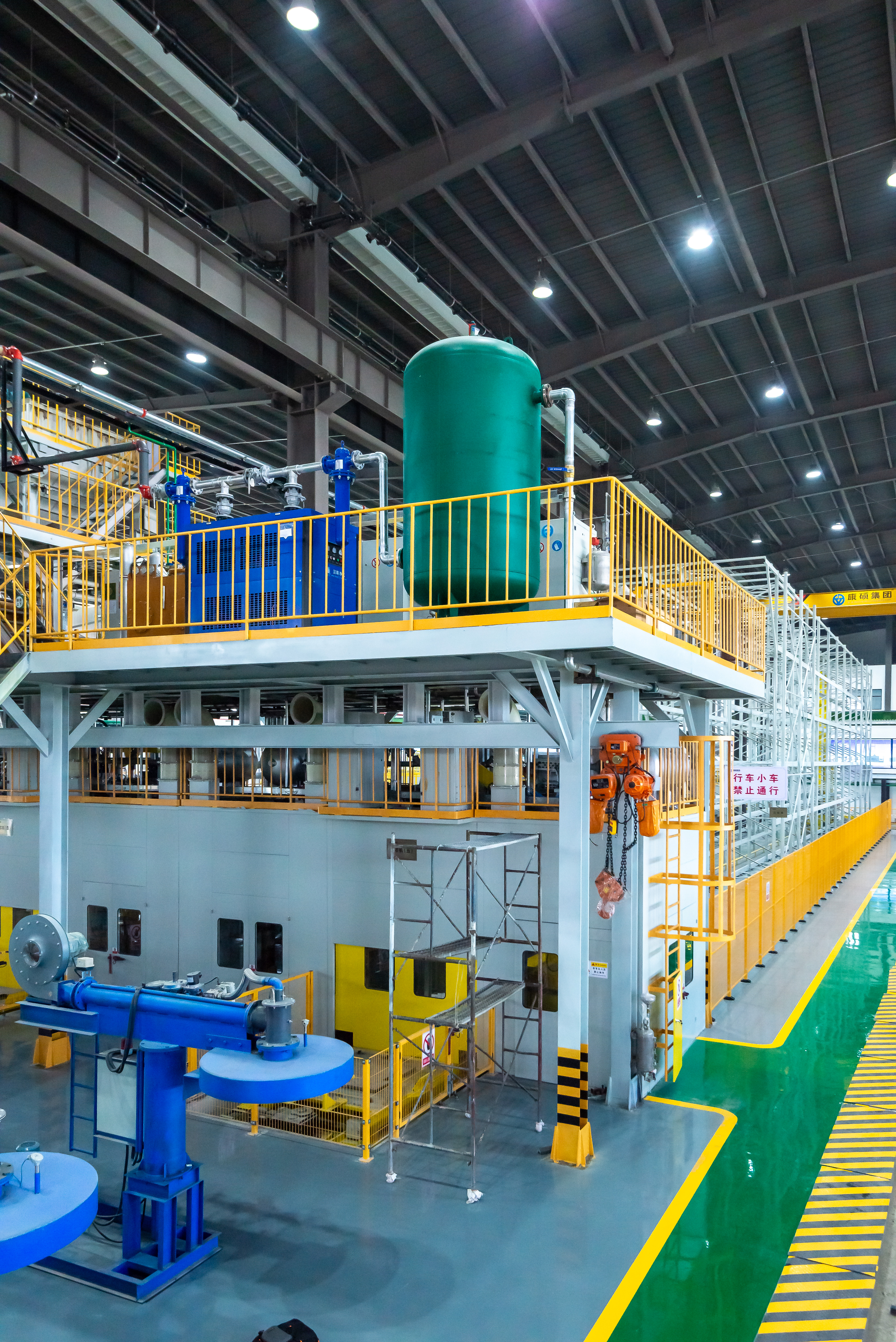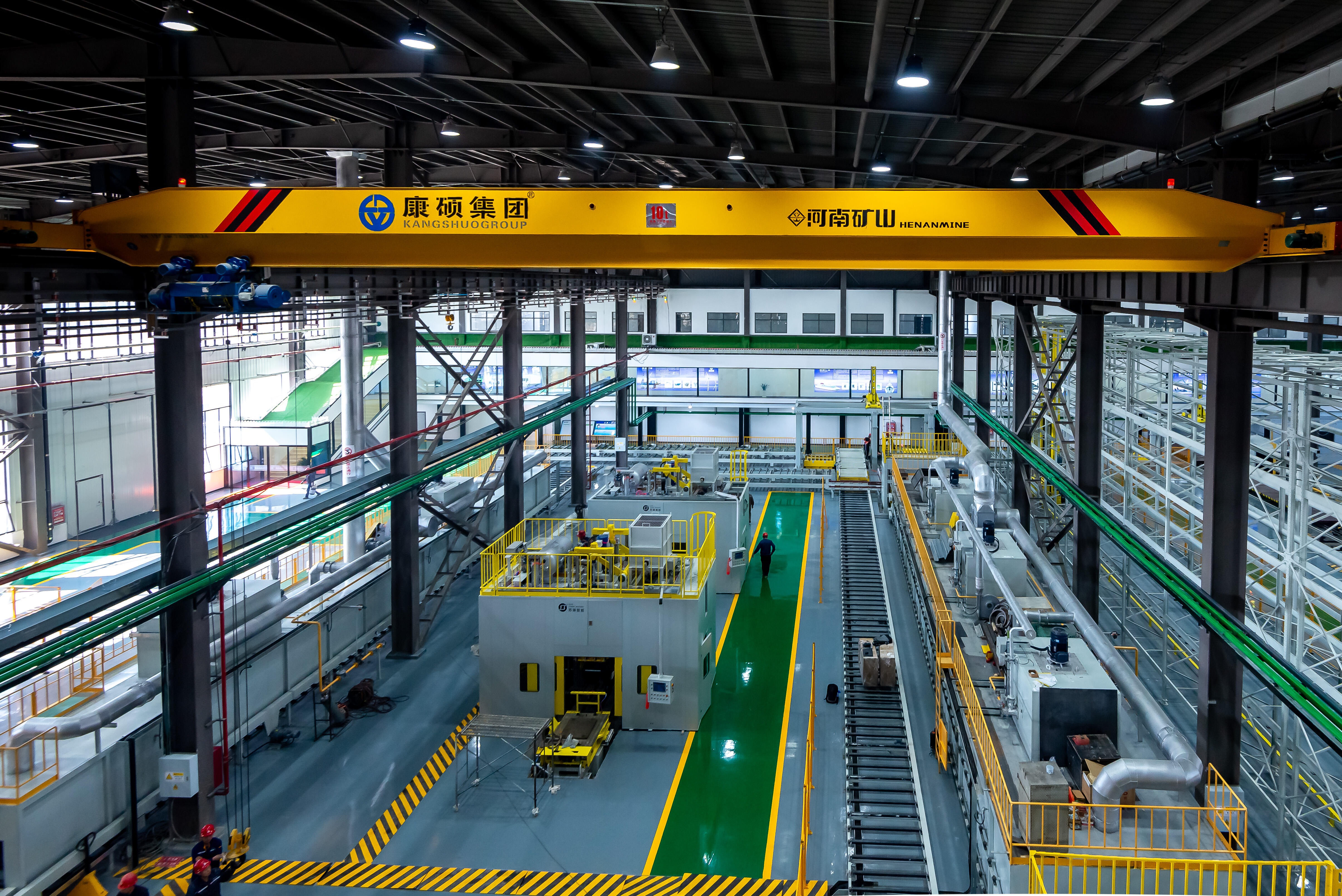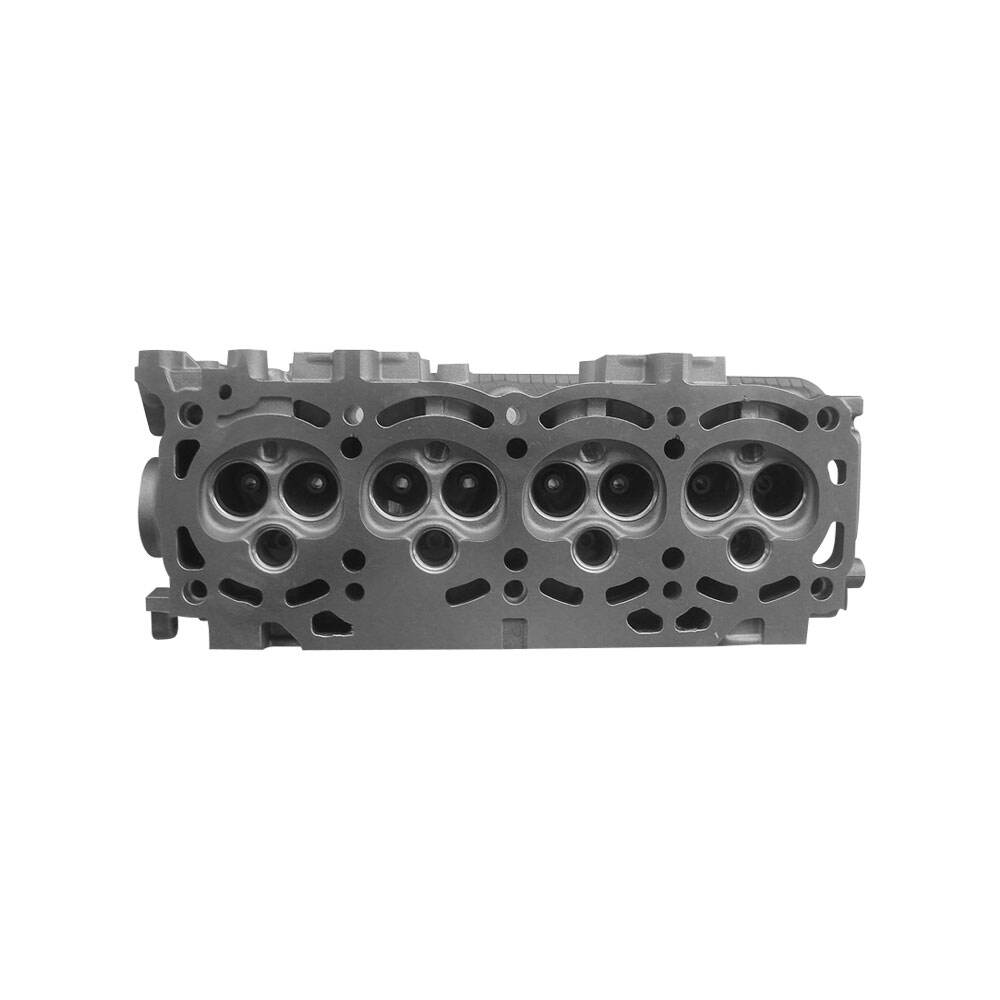steel die casting
Steel die casting is a sophisticated manufacturing process that combines precision engineering with efficient production capabilities. This method involves injecting molten steel under high pressure into carefully designed mold cavities, producing complex metal parts with exceptional accuracy and consistency. The process begins with heating steel to its melting point, typically around 1,370°C to 1,500°C, before forcing it into the die cavity at pressures ranging from 5,000 to 25,000 psi. The mold, constructed from high-grade tool steel, is engineered to withstand extreme temperatures and pressures while maintaining dimensional stability. Steel die casting enables the production of components with intricate geometries, thin walls, and precise dimensional tolerances, making it ideal for automotive, aerospace, and industrial applications. The technology incorporates advanced thermal management systems, automated material handling, and real-time quality control measures to ensure consistent output. Modern steel die casting facilities utilize computer-controlled systems to monitor and adjust process parameters, resulting in superior metallurgical properties and surface finishes. This manufacturing method is particularly valuable for producing high-strength components that require excellent wear resistance and structural integrity.


